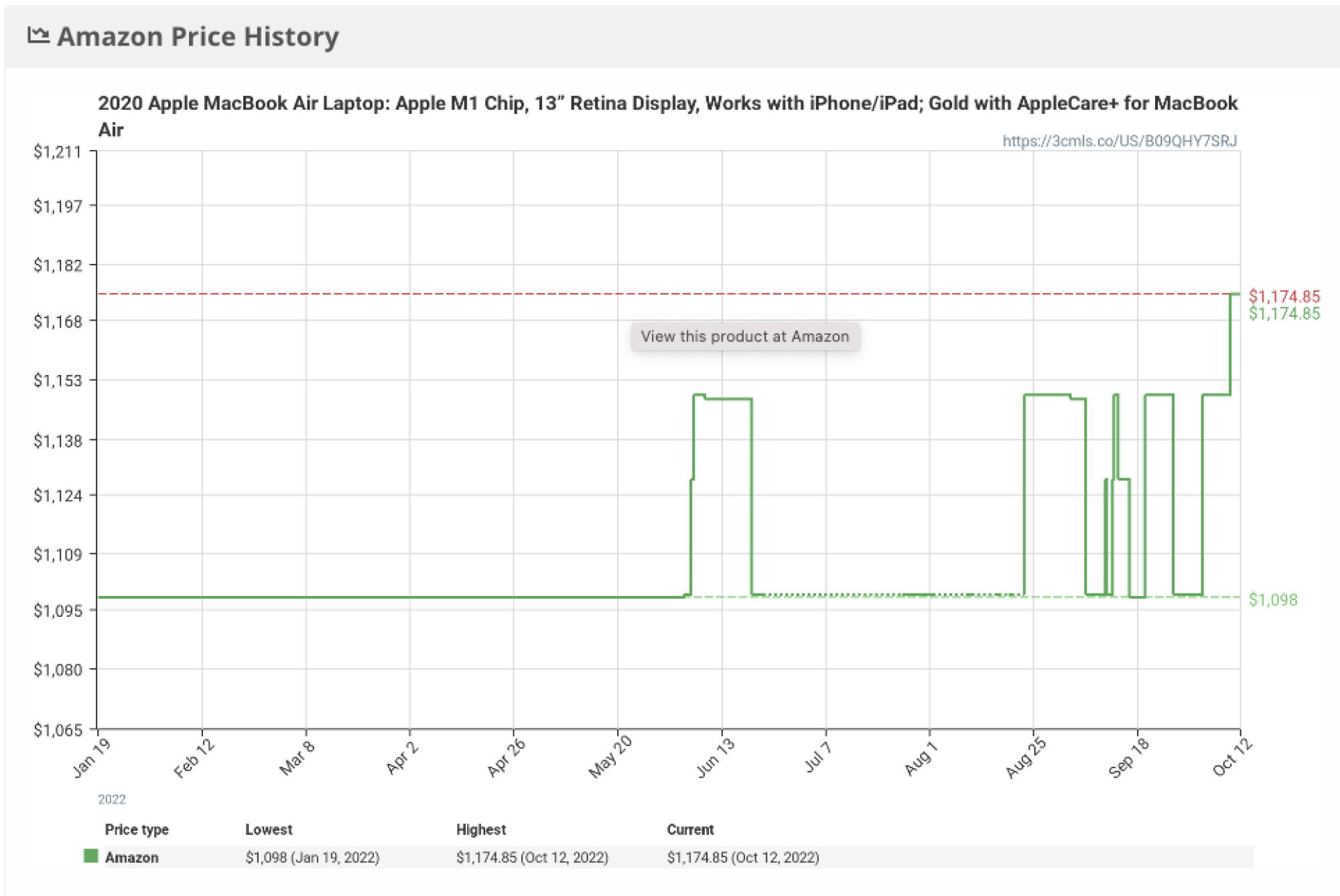Unveiling the Reality Behind Retail Pricing Tactics
In the pursuit of customer attention ahead of Amazon’s forthcoming October Prime Day, several prominent retailers—including Walmart, Target, and Best Buy—are stepping up their game. Each aims to convince shoppers that their offers are the best available, but such claims often mask underlying tactics. Amazon itself has faced allegations from the Federal Trade Commission and 17 states regarding its pricing strategies, suggesting that they may have inflated product prices through computational methods, a controversy that has been ongoing since last September.
If there’s a lingering doubt about whether a supposed bargain on Amazon might have been offered at a lower price previously, it’s worth examining the evidence. A study conducted in 2022 disclosed questionable strategies employed by Amazon that led consumers to believe they were receiving exceptional savings—when in fact, the discounts could be minimal or, in certain circumstances, even higher than historical prices.
This strategy, termed “price inflation and list-price manipulation,” involves artificially elevating the reference price of an item—its “list price”—before presenting a seemingly lower sale price, which can occasionally exceed the original amount.
To illustrate this practice, consider a scenario where a TV is advertised at $500. Subsequently, its “List Price” alters to $600, complete with a strikethrough. The item is then marked up to $550. An unsuspecting consumer may believe they are saving $50, while, in reality, they are paying more than necessary for the television.
Upon inquiry regarding the findings, Amazon provided a statement asserting, “We ensure clear and accurate pricing on our product listings. The referenced study was conducted over five years ago, failing to reflect the current shopping experience. We are continuously working to enhance our customers’ purchasing decisions and have made strides in how we present pricing information.”
Examining the pricing of the M1 Apple MacBook Air serves as a case in point. In October 2022, it appeared at $998, promoted as a “Prime Exclusive Deal” representing a 17% savings, or $200 off a claimed list price of $1,198. However, by consulting the historical price data on Camelcamelcamel, discrepancies in this pricing narrative become apparent:

Credit: camelcamelcamel.com
While it is categorized as a discount from its previous low price, the above graph demonstrates that the MacBook Air was never actually the $1,198 as advertised. Prior to Amazon’s Prime Early Access Sale on October 11, 2022, the laptop’s price conveniently spiked, allowing it to be reintroduced at a predominantly lower price during the promotion. The final cost of $998 was indeed the year’s best, yet the allure of the purported new higher list price obscured the reality of the deal.
Although there is no standardized market value for products—prices are dictated by free market dynamics—this doesn’t legitimize such practices. To safeguard against falling prey to deceptive pricing tactics, consumers are encouraged to utilize price tracking tools like Camelcamelcamel for Amazon purchases or explore Honey for other online retailers whenever a deal feels dubious. Investigating a product’s pricing history can ascertain whether a perceived bargain truly represents value.











